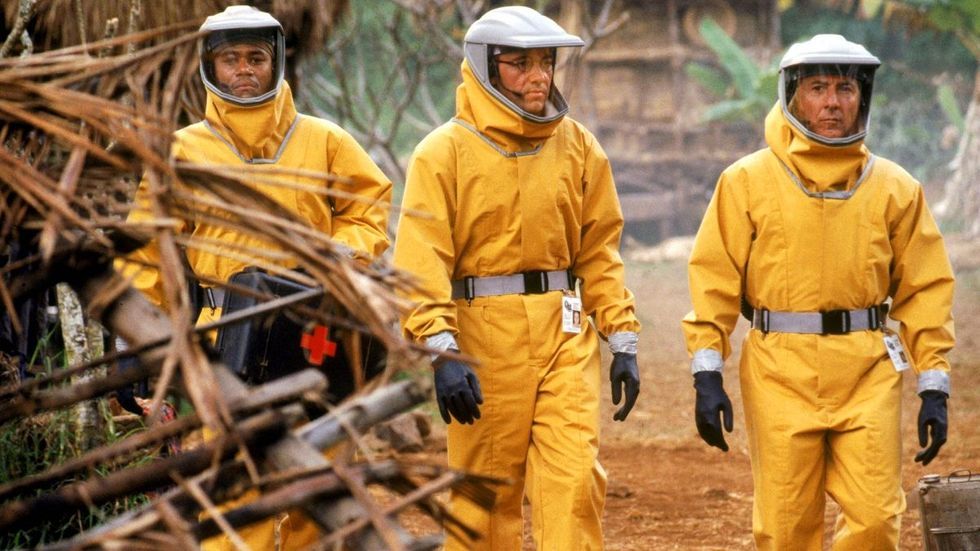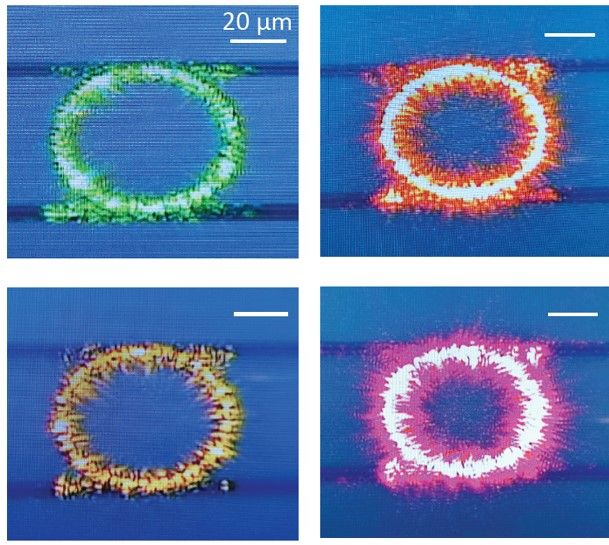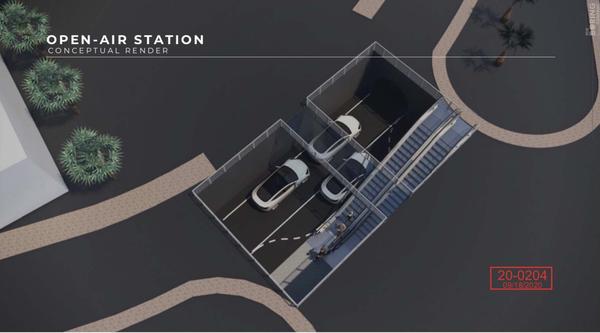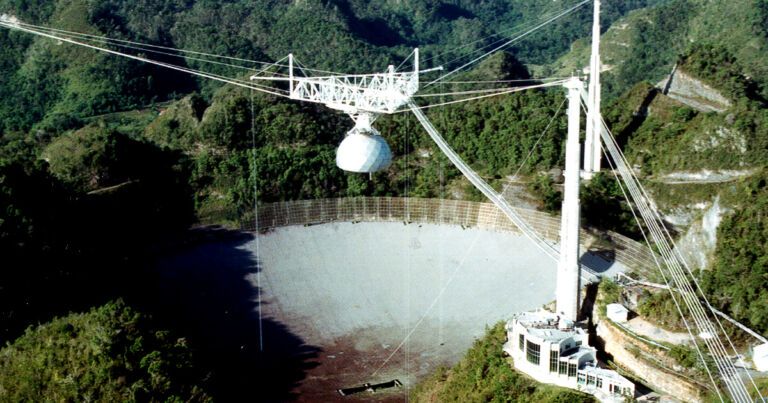Nov 14, 2020
A Norwegian Startup Is Turning Dry Deserts Into Fertile Cropland
Posted by Shailesh Prasad in categories: climatology, sustainability
The UN population forecast predicts that by 2050 there will be almost 10 billion people on the planet. They’ll live mostly in cities and have an older median age than the current global population. One looming questions is, what will they eat?
The Green Revolution of the 1960s used selective breeding to double crop yields of rice and wheat in some areas of the world, rescuing millions of people from food shortages and even famine. Now, the fast-growing global population combined with the impact of climate change on our ability to produce food—increased droughts and extreme weather events many crops can’t withstand—points to the need for another green revolution.
Luckily there’s already one underway. It’s more decentralized than the last, which makes sense given there are different challenges surfacing in different parts of the world. A Norwegian startup called Desert Control has a running start on solving a problem that’s only likely to get worse with time.

















